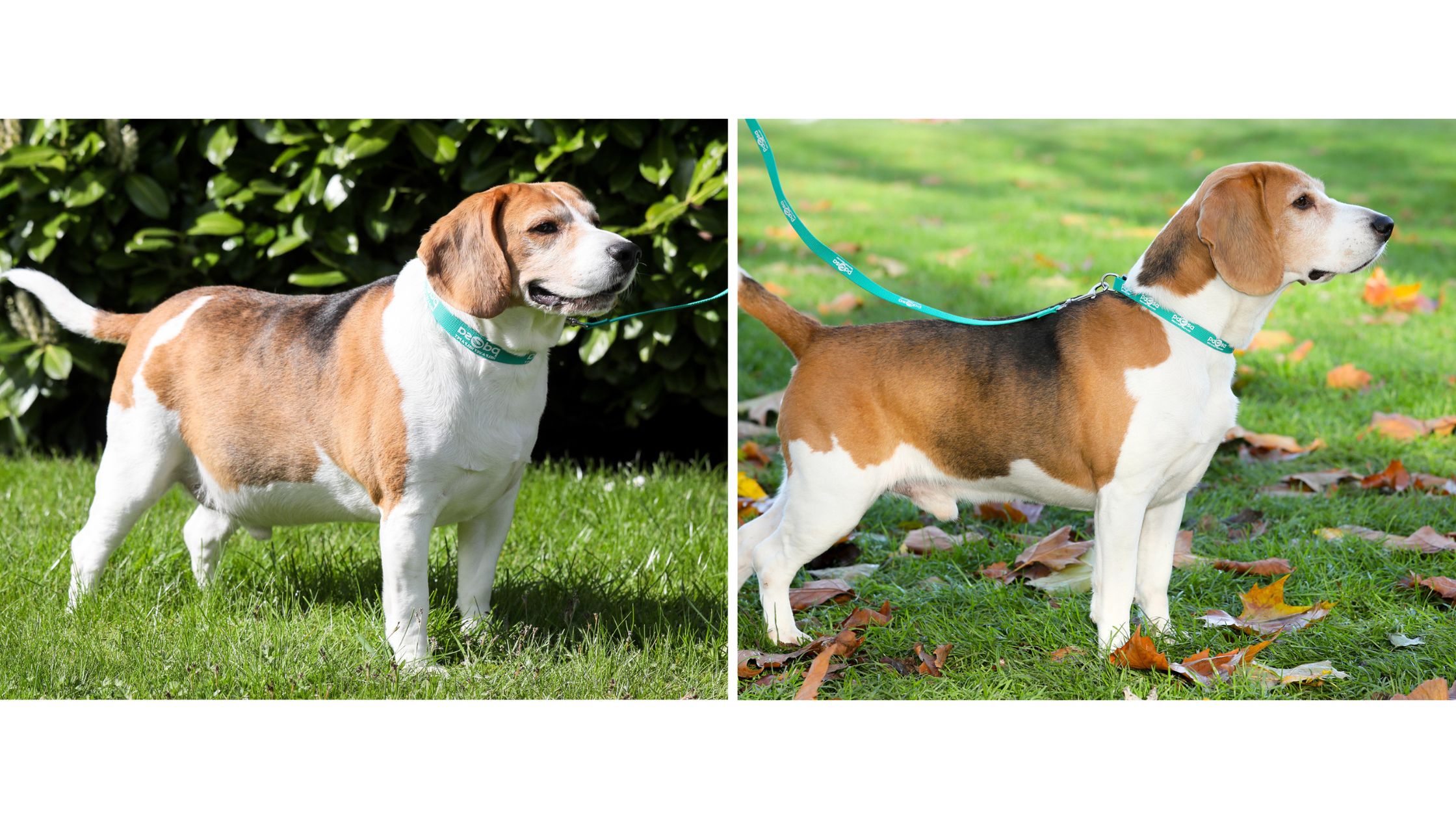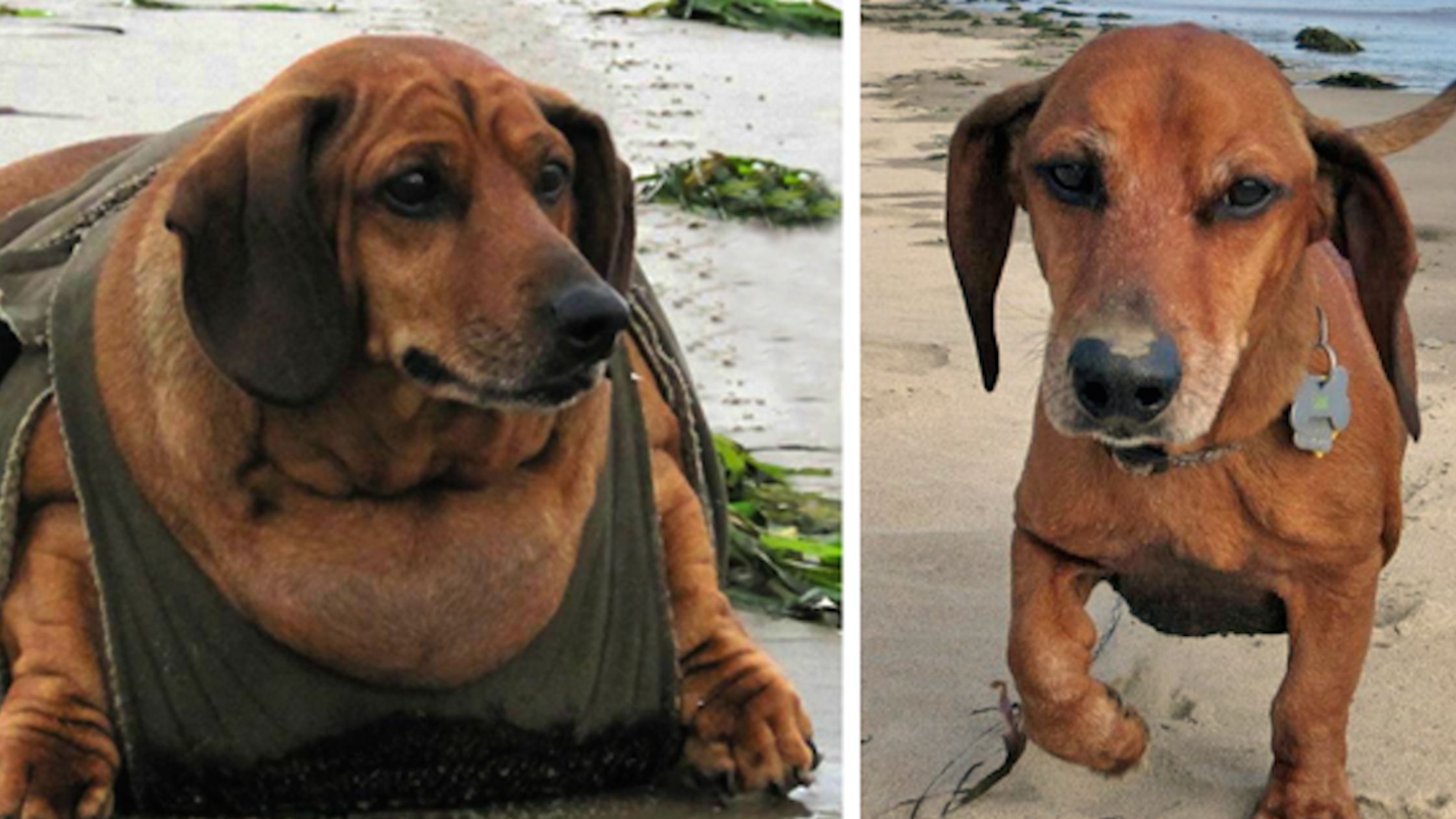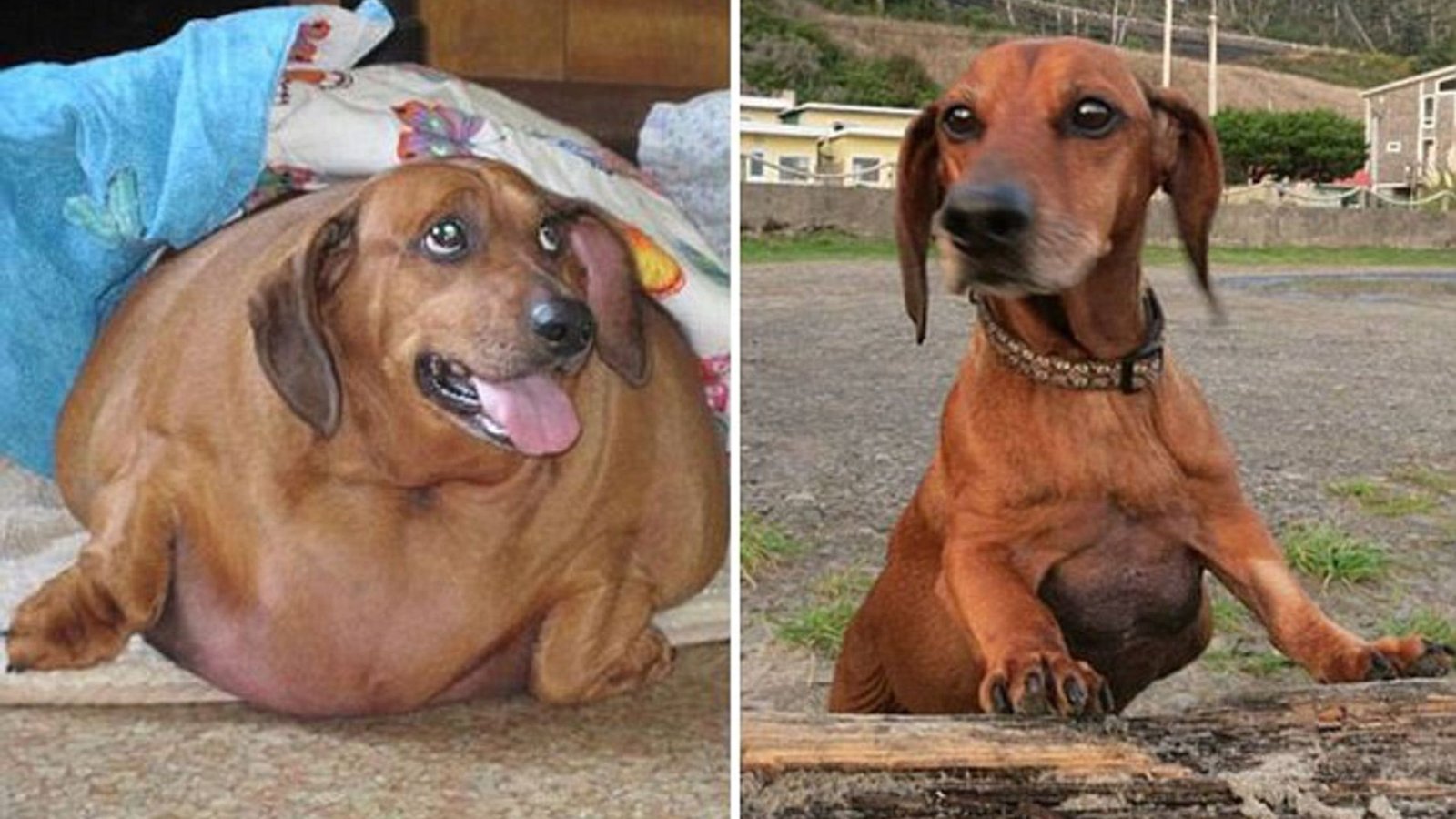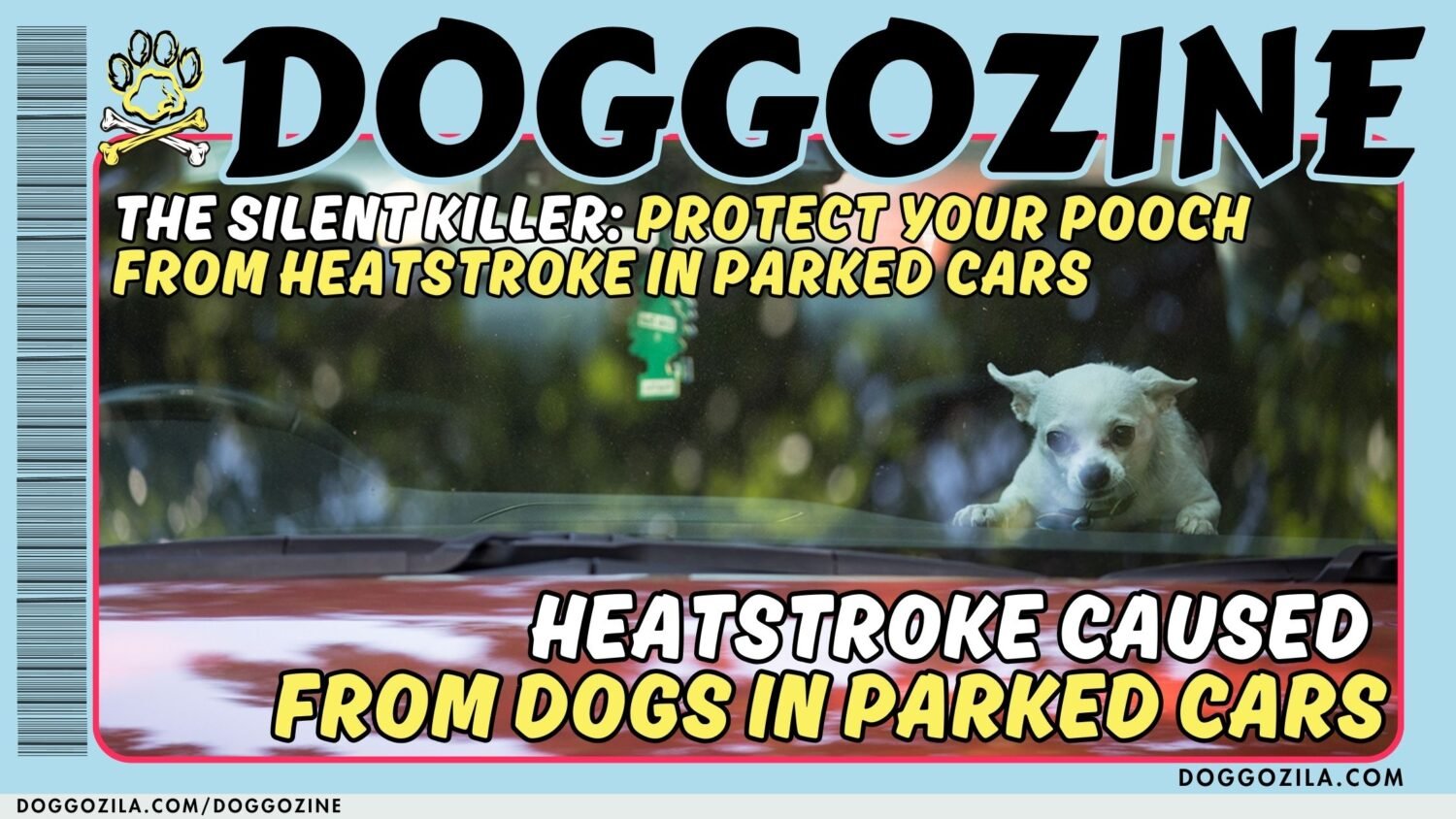Obesity is not just a concern for humans; it’s also a growing issue in our beloved canine companions. As responsible pet owners, it’s our duty to ensure the health and well-being of our dogs. CHECK THE CAUSES AND TACKLING OBESITY IN DOGS!

THE PREVALENCE OF DOG OBESITY
In this guide, we will delve into the topic of obesity in dogs, providing insights, advice, and strategies to help your furry friend achieve and maintain a healthy weight. Check the causes and tackling obesity in dogs!
The Alarming Statistics about Obesity in dogs
Obesity in dogs has become a significant problem in recent years. According to recent surveys, approximately 44% of dogs in USA are overweight or obese. This alarming trend has serious implications for the health and longevity of our canine companions.
The Health Consequences
Obesity can lead to a wide range of health problems in dogs, including:
- Joint Issues: Excess weight puts additional strain on a dog’s joints, leading to conditions like arthritis.
- Cardiovascular Problems: Obesity increases the risk of heart disease and hypertension in dogs.
- Respiratory Issues: Overweight dogs are more likely to suffer from breathing difficulties.
- Reduced Lifespan: Obesity can significantly shorten a dog’s lifespan.
IDENTIFYING THE CAUSES AND TACKLING OBESITY IN YOUR DOG
Understanding Healthy Weight
To address obesity in dogs, it’s crucial first to understand what a healthy weight looks like for your specific breed.
Signs of Dog Obesity
Common signs of obesity in dogs include:
- Excessive Fat: Visible excess fat around the ribs, hips, and base of the tail.
- Difficulty Moving: Sluggishness and reluctance to engage in physical activity.
- Labored Breathing: Breathing difficulties, especially during exercise.
- Unhealthy Habits: Begging, overeating or stealing food.

The Causes and Tackling Obesity in Dogs
Few factors that contribute to obesity in dogs:
- Overfeeding: Providing too much food or high-calorie treats.
- Lack of Exercise: Insufficient physical activity.
- Feeding Habits: Irregular feeding schedules or free-feeding.
- Predisposition: Some dog breeds are more prone to obesity.
PREVENTING AND MANAGING DOG OBESITY
The Importance of Prevention of Obesity in Dogs
Preventing obesity in dogs is easier than treating it.
Here are some preventive measures:
- Balanced Diet: Feed your dog a balanced diet appropriate for their age, breed, and activity level.
- Portion Control: Measure your dog’s food to prevent overfeeding.
- Regular Exercise: Make sure your dog exercise regularly in order to maintain a healthy weight.
Managing Obesity in Dogs
If your dog is already overweight or obese, it’s not too late to help them shed those extra pounds:
- Consult Your Vet: Seek guidance from your veterinarian for a tailored weight loss plan.
- Dietary Adjustments: Switch to a weight management or prescription diet as recommended by your vet.
- Exercise Regimen: Gradually increase exercise and physical activity.
- Monitoring Progress: Regular check-ups and monitoring are essential during your dog’s weight loss journey. Celebrate milestones and consult your vet if progress stalls.
Dog Weight Loss Tips and Strategies
Creating a weight loss plan for your dog involves several key components:
- Dietary Changes: Transition to a calorie-controlled, high-fiber diet.
- Exercise Routine: Develop an exercise regimen tailored to your dog’s abilities.
- Portion Control: Measure meals and reduce portion sizes.
- Healthy Treat Alternatives: Rather than high-calorie treats, consider using healthier options like carrot sticks, apple slices, or specially formulated low-calorie dog treats.

THE ROLE OF VETERINARY CARE
The Importance of Veterinary Involvement
Your veterinarian plays a crucial role in managing your dog’s weight.
They can:
- Assess Health: Determine if there are underlying health issues contributing to obesity.
- Prescribe Medications: In some cases, medications may be necessary to aid weight loss.
- Provide Guidance: Offer guidance on dietary choices and exercise plans.
The Emotional Connection
- Understanding Emotional Eating: Dogs, like humans, can sometimes eat for emotional reasons. Overeating problems can occur because of anxiety, boredom or stress. Addressing the emotional aspects of your dog’s behavior is essential.
- Behavioral Modification: Consider consulting a professional dog trainer or behaviorist to address emotional eating and modify undesirable behaviors.
- The Long-Term Commitment | Staying on Track: Maintaining a healthy weight for your dog is a long-term commitment. Continuously monitor their weight and adjust their diet and exercise as needed.
“Celebrate Success“
Recognize and celebrate the milestones your dog achieves in their weight loss journey.
These small victories contribute to their overall well-being.
WHAT ELSE YOU NEED TO KNOW ABOUT OBESITY IN DOGS
Obesity is a serious health problem in dogs, just as it is in humans.
It can cause many health problems:
- Heart disease: Obesity can put extra strain on the heart, leading to heart disease.
- Diabetes: Obesity can make it more difficult for the body to regulate blood sugar levels, leading to diabetes.
- Arthritis: Obesity can put extra stress on the joints, leading to arthritis.
- Cancer: Obesity is a risk factor for some types of cancer, such as lymphoma and mast cell tumors.
- Skin problems: Obesity can lead to skin problems, such as hot spots and allergies.
- Breathing problems: Obesity can make it more difficult for dogs to breathe, especially during exercise.
- Increased risk of injury: Obese dogs are more likely to get injured, such as during falls or accidents.
How to Recognize Obesity in Dogs
It can be difficult to tell if your dog is overweight or obese, as they come in all shapes and sizes.
However, there are a few things you can look for:
- Body condition score: A veterinarian can help you assess your dog’s body condition score, which is a measure of how much body fat they have.
- Waistline: If you can’t easily feel your dog’s waistline, they are likely overweight or obese.
- Ribs: You should be able to feel your dog’s ribs without having to press too hard. If you can’t feel their ribs, they are likely overweight or obese.
- Belly: The area around your dog’s belly should be firm, not flabby. If the area around their belly is flabby, they are likely overweight or obese.

How to Prevent Causes and Tackling Obesity in Dogs
The best way to prevent obesity in dogs is to keep them at a healthy weight.
Here are a few tips:
- Feed your dog a healthy diet: Choose a dog food that is high in protein and low in calories.
- Do not feed the dog with table scraps: The scraps have many calories and fat.
- Make sure your dog gets plenty of exercise: Dogs need at least 30 minutes of exercise per day.
- Monitor your dog’s weight: Weigh your dog regularly and make adjustments to their diet and exercise as needed.
What to Do If Your Dog Is Obese
If your dog is obese, it is important to take steps to help them lose weight.
Here are a few tips:
- Talk to your veterinarian: Your veterinarian can help you develop a weight loss plan for your dog.
- Feed your dog a healthy diet: Choose a dog food that is specifically designed for weight loss.
- Increase your dog’s exercise: Gradually increase the amount of exercise your dog gets each day.
- Be patient: It takes time for dogs to lose weight. Don’t get discouraged if your dog doesn’t lose weight right away.
Obesity in dogs is a serious health concern that requires attention and commitment from pet owners.
By understanding the causes, signs, and consequences of dog obesity, you can take proactive steps to prevent or address this issue. Remember that your veterinarian is an invaluable resource in your efforts to help your dog achieve and maintain a healthy weight. With dedication, patience, and a well-structured weight loss plan, you can ensure your furry friend enjoys a longer, healthier, and happier life by your side.
Good luck!
Check more on obesity for other pets as well on the Wiki Page!



